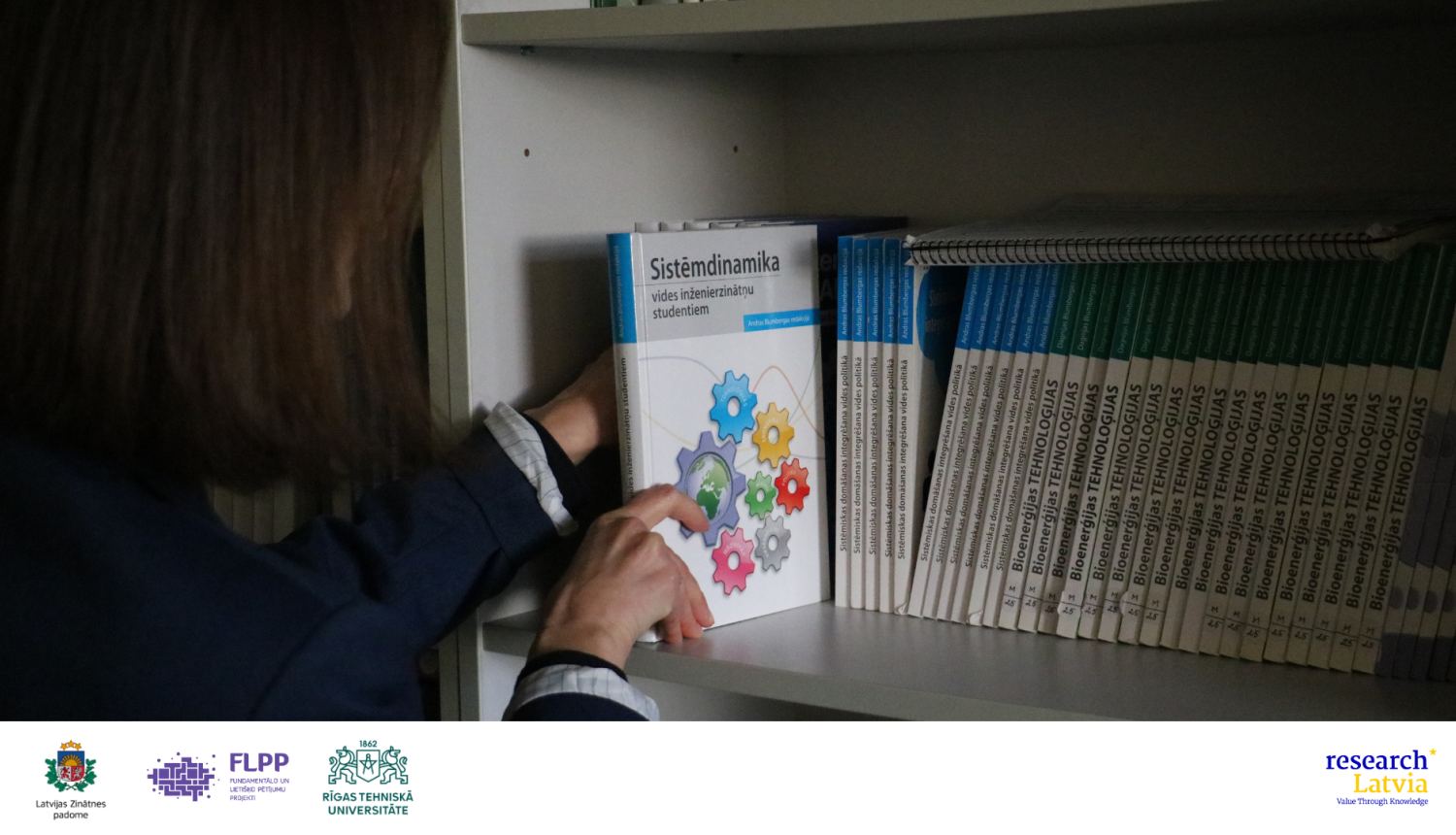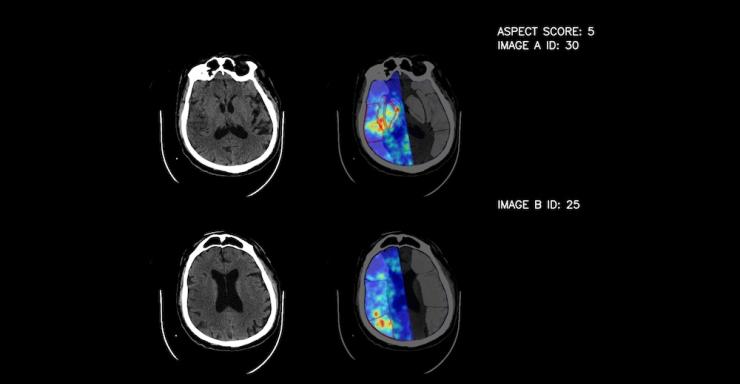In today's world, where climate change has become one of the greatest challenges, innovative solutions often arise in unexpected places. One such solution is a digital tool developed by Latvian scientists. This tool allows anyone to assess the benefits of window replacement, facade insulation, and other energy efficiency improvements. The digital tool, available to all interested parties, offers insight into the future of sustainable living.

This story is about a team of researchers from Riga Technical University who developed an energy efficiency implementation simulation game. Based on the project description, development stages, and website quality, one might think the project was created by startup entrepreneurs or IT professionals. However, it was, in fact, academic professionals who recognized a significant problem in the energy efficiency sector.
In reality, it was a combination of several problems:
- The pressing issue of the (non)renovation of multi-apartment buildings,
- The growing public interest in energy efficiency solutions,
- And the form of energy audits, which, with its technical language and terminology, is more suitable for industry professionals.
Project Behind the Scenes: From Research to Game
The digital tool developed under the Latvian Science Council’s administered Fundamental and Applied Research Program, titled “Bridge to Carbon Neutrality in Energy Communities: Social and Humanities Sciences Meet Energy Research,” is a simulation game. It can be played both individually and with a neighbor from the next building. By simplifying complex energy concepts and offering interactive simulations, this digital tool democratizes access to information. It gives people the ability to make informed decisions about their energy consumption and home improvements for a greener future.
Players of the game can explore various energy-saving scenarios, visualizing their impact on their own homes, neighboring buildings, or even the neighborhood scale.
This digital tool offers users an accessible platform to explore and understand energy efficiency issues and benefits. It allows people to make informed decisions regarding home improvements related to energy consumption by offering various interactive features. To try out this tool, visit the website: https://ej.uz/energoefektivitātesspēle
How the Game Works
The goal of the project was to create a digital tool that would help individuals and building management associations make informed decisions about building energy efficiency. Energy auditors develop energy audits for each building separately. These documents are difficult for the average person to understand, as they include specific terminology and graphs that need explanation. Currently, the impact of energy efficiency measures is explained to residents by building managers, who plan to renovate typical multi-apartment buildings—insulating facades, insulating roofs, and replacing windows. However, for this process to occur, a quorum of residents is needed to approve such a project. The project team has transferred complex energy efficiency calculation models to a simple and accessible platform, allowing non-professionals to deepen their knowledge or take the first steps.
In order to ensure that the explanation of the benefits of energy efficiency measures does not rest solely on the shoulders of building managers and helps others understand the advantages, the researchers' tool comes into play. It was developed for audiences like multi-apartment building residents and energy solution implementers. The website is designed as a simulation game in which users can enter their home details, such as heating type, size, replaced windows, planned energy efficiency measures, and car usage habits, and experiment with various energy-saving measures. They can also view potential costs versus benefits. In the multiplayer version, players can see how energy consumption will change in several multi-story buildings and assess what solutions should be implemented across multiple buildings to achieve mutual benefits—making homes more energy-efficient, saving heating and electricity, reducing costs, and collaborating with one another. The more players decide to renovate homes and implement energy efficiency solutions, the more effectively CO2 emissions will be reduced, helping to move towards the decarbonization of the building stock.
This game can be compared to adopting a healthy lifestyle, where one must weigh what is most important to achieve the goal and what will generate higher costs—whether it's buying new sportswear, changing eating habits, or attending fitness sessions. Similarly, here the solutions are tied to the real situation in Latvia.
Successful Teamwork What is important is that the website developers, in collaboration with "Rīgas namu pārvaldnieks" (Riga's Building Management), took into account the current electricity and energy efficiency measure costs, heating prices, and available support for home renovations during the website development. This makes the tool a very practical solution.
To develop the website, researchers from the Environmental Protection and Heat Systems Institute of the Faculty of Science and Technology at RTU worked together with representatives from the social sciences sector. Various building characteristics, climatic conditions, and energy prices were taken into account to ensure that the results corresponded to the real situation. The tool allows users to experiment with various scenarios, such as insulation, window replacement, and the use of renewable energy sources.
This tool can help people save energy, reduce costs, and promote sustainable development. It is especially useful for building managers, owners, and policymakers who need data to make informed decisions about energy efficiency measures.
A Tool That Can Drive Improvements Now!
This project can provide significant benefits to people living in multi-apartment housing by helping them make decisions about energy efficiency improvements in their apartments and buildings. Here are some of the main benefits:
- Promoting Understanding: The tool helps people understand complex energy consumption concepts, such as energy flow, the importance of insulation, and the potential of renewable energy sources.
- Decision-Making Support: The game provides informational support to people who need to evaluate various energy efficiency strategies and their impact on energy consumption and costs. It helps make decisions about home renovation or energy-saving measures.
- Savings: By choosing energy-efficient solutions, people can reduce their energy bills and save money in the long term.
- Environmental Protection: By reducing energy consumption, people can help decrease carbon dioxide emissions and other harmful substances.
- Public Engagement: The tool can encourage public involvement in energy efficiency issues, raising awareness and encouraging others to actively participate in energy efficiency measures.
As RTU scientist Ruta Vanaga says:
"It's enough to sit in your bubble and think only about improving your own apartment. It's just a small detail in the big picture—you have to think broader. Homeowners are not only responsible for their apartment, but they are also responsible for the staircase, the windows in it, the facade renovation, and even the roof of the building, even if they don't live on the top floor. This tool helps us see the picture as a whole and make decisions about energy efficiency solutions on a larger scale."
For now, the developers note that the website's functionality may not be suitable for homeowners of private houses, as it was designed based on the living situation in multi-apartment buildings.
Currently, the developed tool is suitable for multi-apartment buildings. However, most of the information can be adapted if necessary. Information on costs can also be regularly updated.
The project has great potential for use by building management companies, as they are often responsible for organizing building facade renovations and insulation in urban areas. The game could also be used by energy efficiency specialists when it is necessary to visually demonstrate the impact of various scenarios on energy consumption and costs to building residents.
By using innovative solutions and engaging the public, we can create a more energy-efficient and greener world. Everyone's contribution is important, and this tool is one of the instruments that will help us achieve these goals.
We encourage everyone to try out this tool and become an active participant in enhancing energy efficiency. Together, we can create a sustainable future where energy is used wisely and efficiently.
The project “Bridge to Carbon Neutrality in Energy Communities: Social and Humanities Sciences Meet Energy Research” (lzp-2020/1-0256) is being implemented under the Fundamental and Applied Research (FLPP) program. It is funded by the Latvian Science Council.


